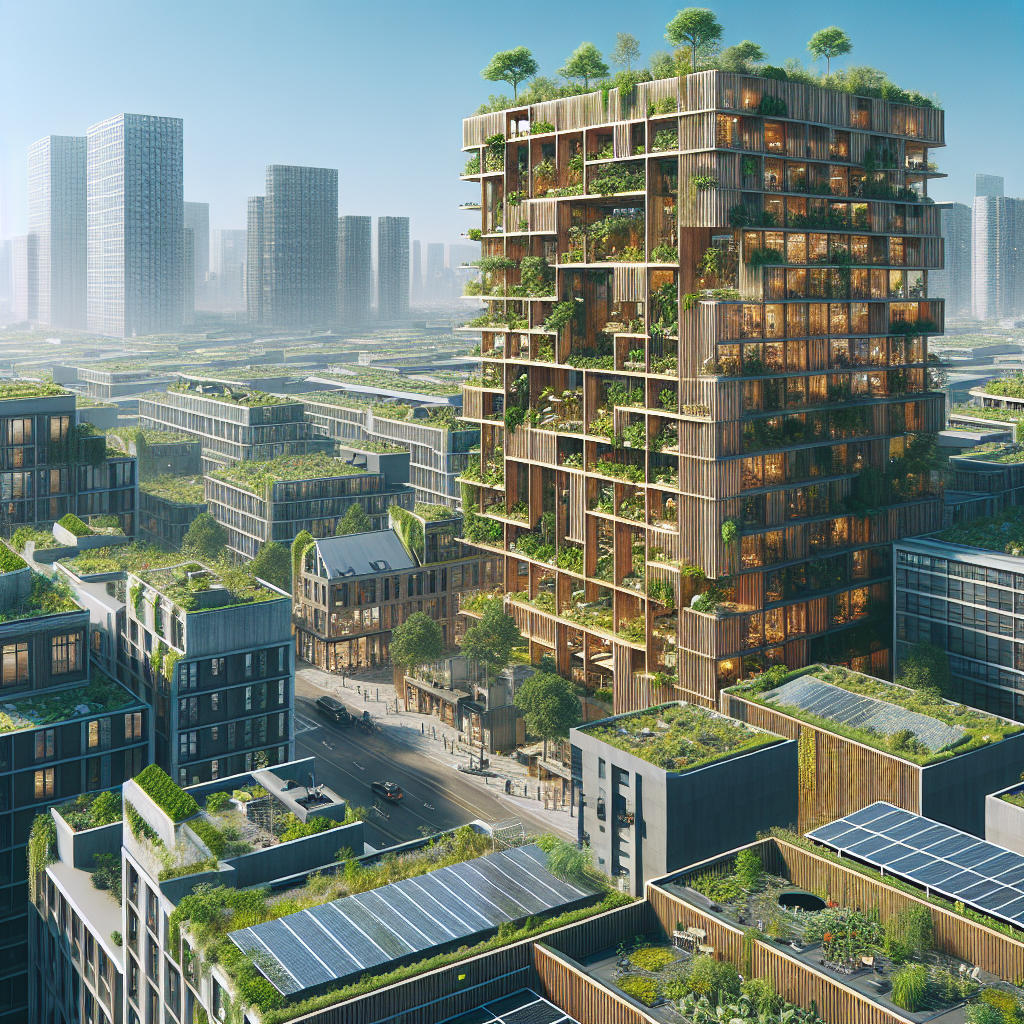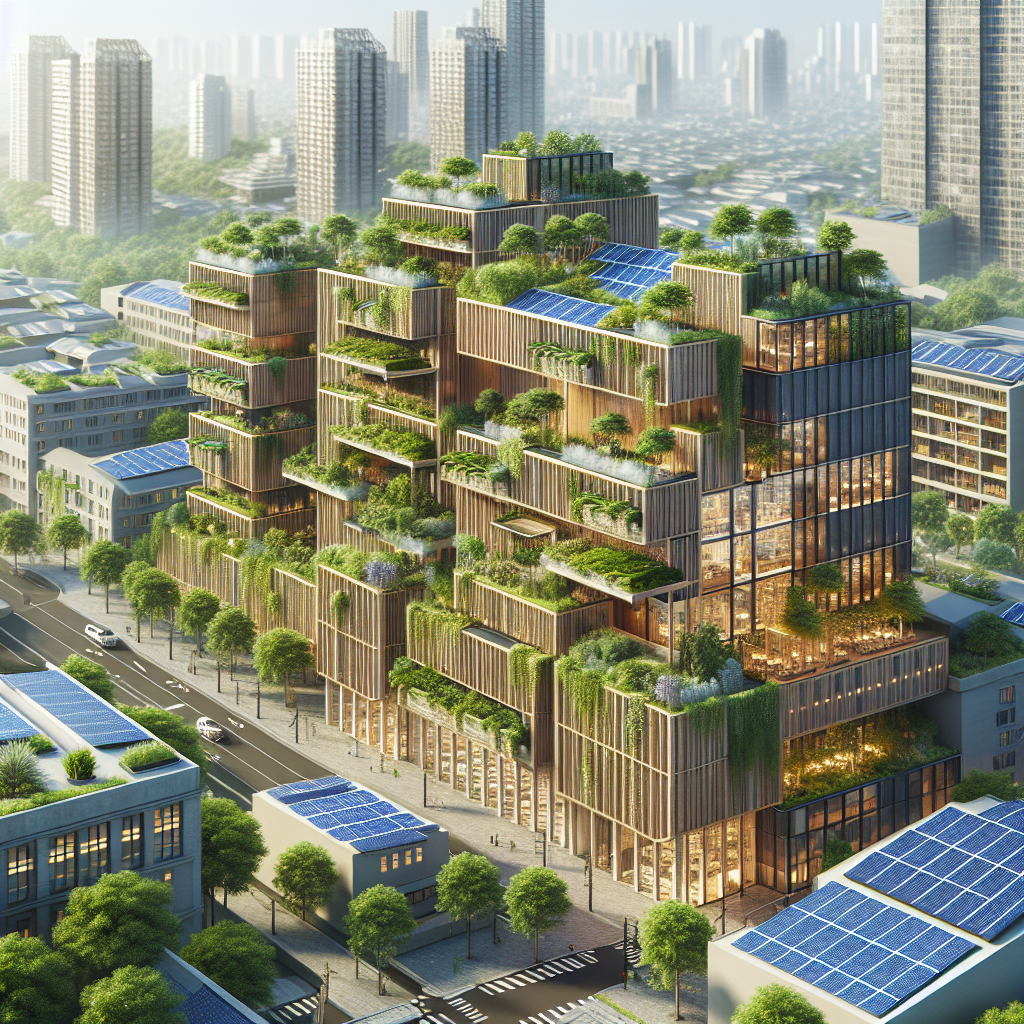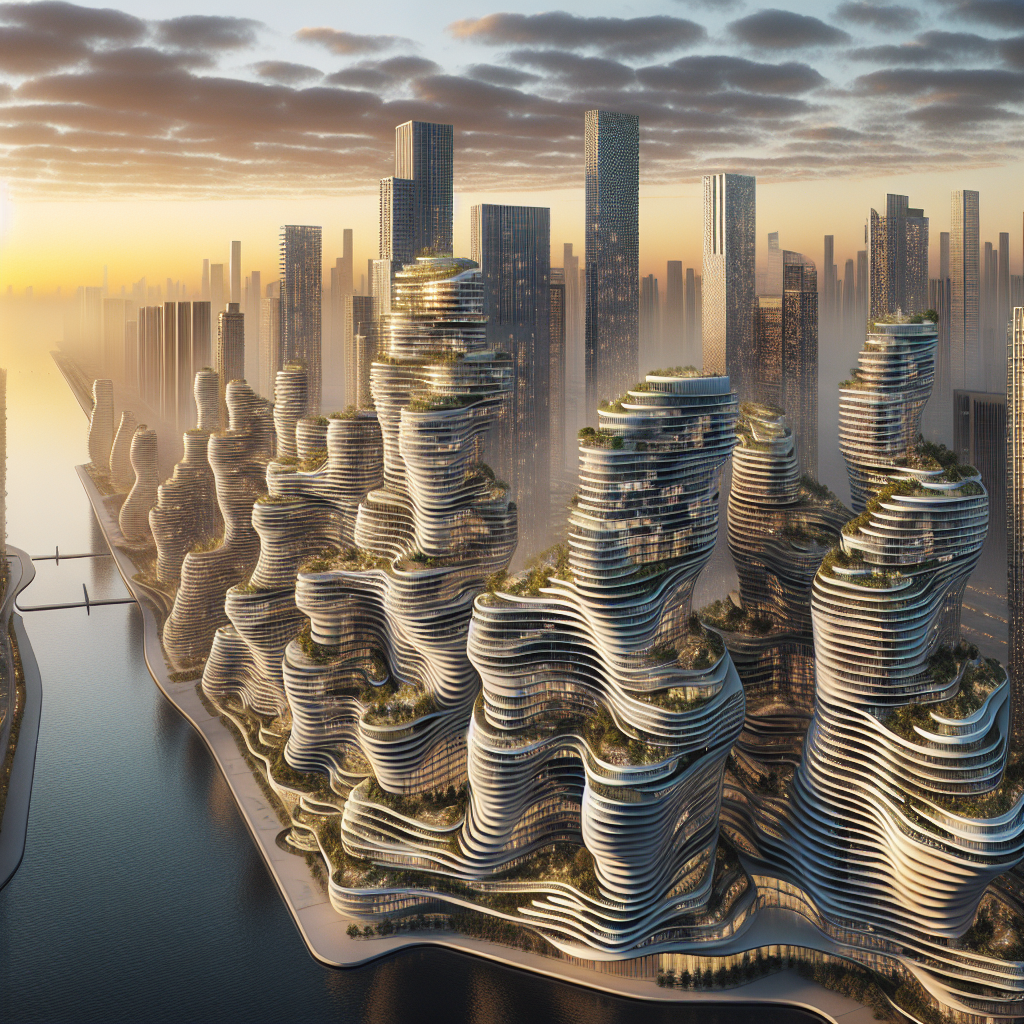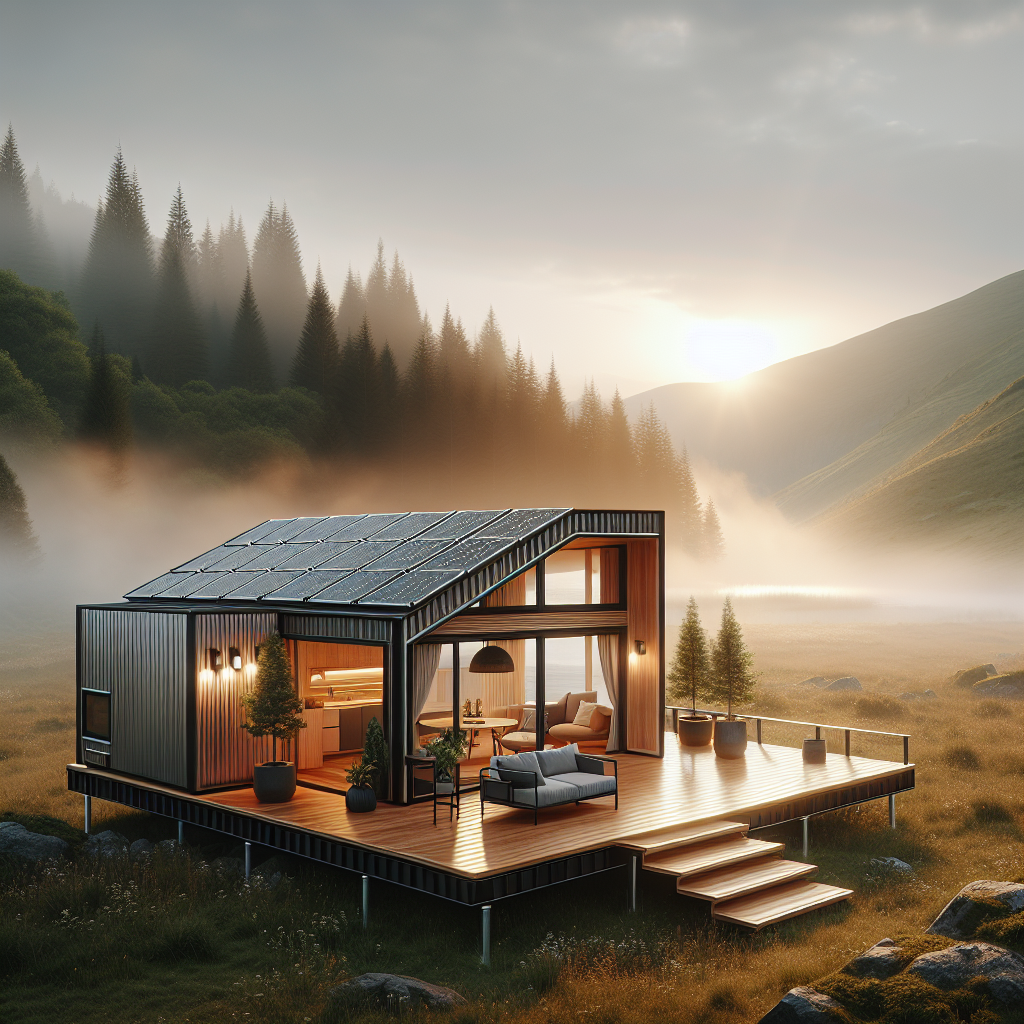Sustainable Design Principles: Creating Spaces that Last
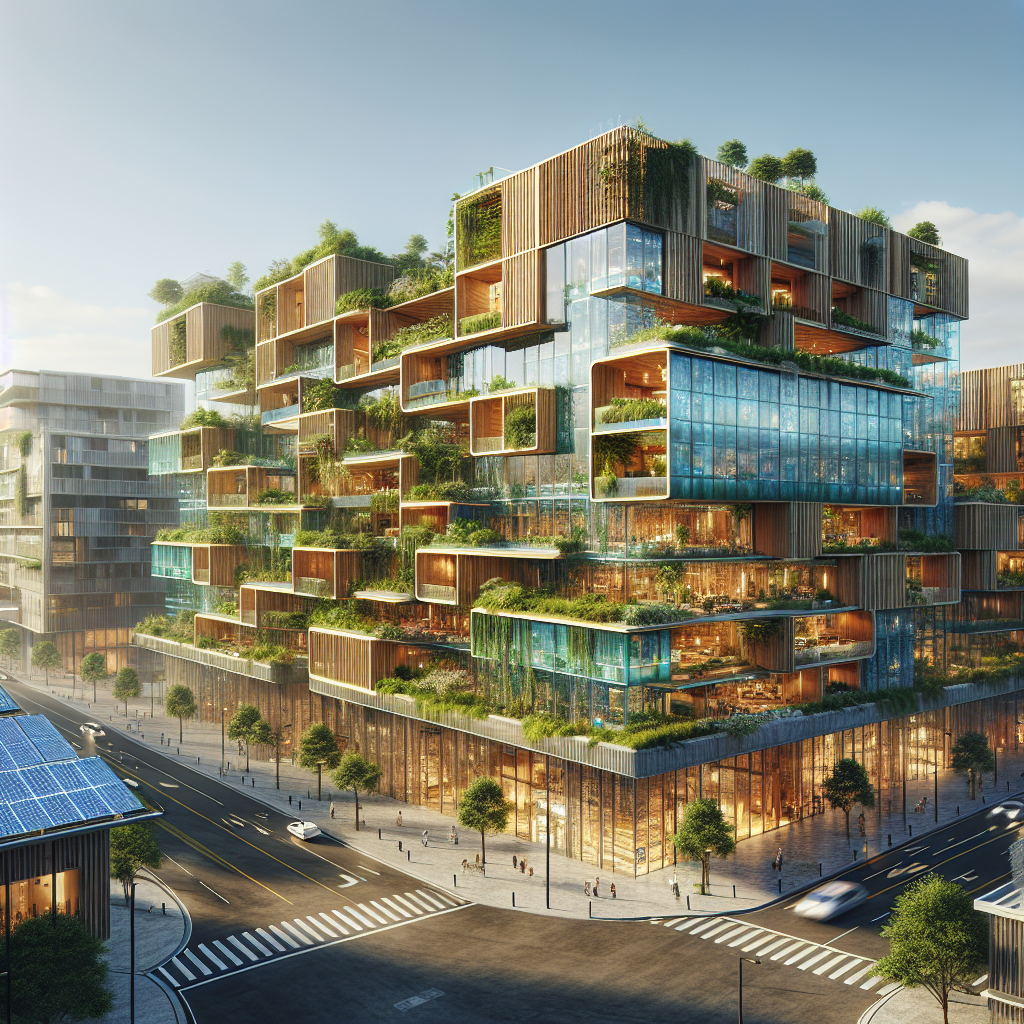
Sustainable Design Principles: Creating Spaces that Last
In an era where climate change and environmental concerns dominate the global conversation, the role of architecture and design in shaping a sustainable future has never been more critical. Architects, designers, and urban planners are increasingly embracing sustainable design principles to create spaces that not only respect the environment but also endure the test of time. By integrating innovative materials, thoughtful planning, and human-centric approaches, today’s leading design professionals are redefining what it means to build sustainably. This article explores the essential principles guiding sustainable design, enriched by vivid examples, insightful analysis, and current industry trends.
Durability: Designing for Longevity
At the heart of sustainable design lies the principle of durability. Designing structures and interiors that withstand the passage of time significantly reduces environmental impact by minimizing the need for frequent renovations or replacements. The iconic works of Finnish architect Alvar Aalto exemplify this principle. His Villa Mairea, constructed in 1939, remains a testament to timeless design, combining organic forms with durable materials such as wood, brick, and stone. This approach ensures that buildings age gracefully, maintaining aesthetic appeal and structural integrity for generations.
Durability also extends to interior design, where selecting high-quality, resilient materials is crucial. The recent resurgence of terrazzo, a composite material known for its robustness and visual versatility, demonstrates how designers are prioritizing long-lasting materials. Terrazzo’s contemporary revival in modern interiors not only adds aesthetic charm but also significantly reduces lifecycle costs and environmental impact.
Biophilic Design: Connecting Humans and Nature
Another essential sustainable design principle is biophilic design, which seeks to reconnect humans with nature through architecture and interior spaces. This approach enhances human health, well-being, and productivity by integrating natural elements such as plants, water features, and natural light. The growing popularity of vertical gardens and green roofs in urban landscapes illustrates this trend vividly. Vertical gardens, such as those found in Milan’s Bosco Verticale, not only improve air quality but also provide thermal insulation, reducing energy consumption significantly.
Biophilic design’s impact on human health is well-documented, with studies indicating reduced stress levels, improved cognitive function, and increased creativity among occupants. Incorporating biophilic elements into urban design, as discussed in Biophilic Design and Its Impact on Human Health and Well-being, represents a profound shift towards more sustainable and human-centric spaces.
Adaptive Reuse: Breathing New Life into Old Structures
The practice of adaptive reuse is gaining momentum as architects and designers seek innovative ways to repurpose existing structures. Transforming abandoned or underutilized buildings into vibrant, functional spaces preserves historical integrity while significantly reducing construction waste and energy consumption. A striking example is the Tate Modern in London, originally a power station, now one of the world’s most renowned art galleries. Similarly, adaptive reuse projects like the High Line in New York City, a former elevated railway turned urban park, highlight the creative potential inherent in repurposing existing infrastructure.
Adaptive reuse not only addresses environmental concerns but also fosters community engagement and cultural preservation. As explored in Adaptive Reuse: Transforming Abandoned Buildings into New Spaces, this approach embodies sustainability by maximizing resource efficiency and minimizing environmental impact.
Material Innovation: Pioneering Sustainable Alternatives
Innovative materials are revolutionizing sustainable design, offering architects and designers environmentally friendly alternatives to traditional building products. Timber, particularly engineered wood products like cross-laminated timber (CLT), is emerging as a viable and sustainable option for high-rise construction. Projects such as the Mjøstårnet in Norway, currently the world’s tallest timber building, demonstrate the structural potential and environmental benefits of wooden skyscrapers. Timber construction significantly reduces carbon emissions compared to conventional concrete and steel structures, as detailed in Wooden Skyscrapers: The Rise of Timber in High-Rise Construction.
Beyond timber, innovative materials such as biodegradable composites, recycled plastics, and sand printing technology are transforming the industry. Sand printing, a cutting-edge method explored in The Potential of Sand Printing Technology for Design and Architecture, enables architects to create intricate, sustainable structures with minimal environmental impact.
Designing for Resilience: Preparing for the Future
In an increasingly unpredictable climate, designing resilient buildings capable of withstanding natural disasters and environmental stresses is paramount. Disaster-resistant design principles, including elevated foundations, reinforced structures, and flood-resistant materials, are essential for protecting communities and ensuring long-term sustainability. The Netherlands’ innovative approach to flood management, integrating amphibious architecture and floating homes, exemplifies forward-thinking resilience strategies.
Moreover, urban planners and architects are exploring ways to mitigate climate-induced migration by designing adaptable and resilient communities. The importance of this approach is discussed in depth in How Design Could Help to Avoid the Future Emergence of Climate Refuges, highlighting the role of thoughtful design in addressing future challenges.
Circular Economy: Closing the Loop
The concept of a circular economy is reshaping design and construction practices, emphasizing resource efficiency, waste reduction, and material reuse. By designing products and buildings for disassembly, reuse, and recycling, architects and designers are creating a closed-loop system that minimizes environmental impact. Amsterdam’s Circl Pavilion, constructed entirely from recycled and recyclable materials, exemplifies circular economy principles in action.
Circular economy strategies extend beyond construction to interior design and product manufacturing. Furniture designers are increasingly adopting modular and adaptable designs, allowing users to reconfigure or upgrade pieces without discarding them entirely. This approach not only extends product lifespan but also reduces waste, aligning with broader sustainability goals.
Technological Integration: Enhancing Sustainability Through Innovation
Advancements in technology are playing a pivotal role in sustainable design, offering architects and designers powerful tools to optimize energy efficiency, resource management, and occupant comfort. Smart home technology, as explored in Smart Home Technology: Revolutionizing Home Automation, enables precise control over energy consumption, lighting, and climate systems, significantly reducing environmental impact.
Furthermore, artificial intelligence (AI) and augmented reality (AR) are transforming the design process itself, allowing professionals to visualize, analyze, and optimize sustainable solutions more effectively. The integration of AI in architecture, detailed in AI in Architecture: How Artificial Intelligence is Changing the Design Process, highlights the potential of technology to drive sustainable innovation.
A Sustainable Future: The Path Forward
The adoption of sustainable design principles represents a profound shift in how we conceive, construct, and inhabit spaces. By prioritizing durability, biophilic connections, adaptive reuse, material innovation, resilience, circular economy practices, and technological integration, architects and designers are creating environments that not only endure but also enrich human experience and environmental health.
As the global community continues to grapple with environmental challenges, the role of design in shaping a sustainable future becomes increasingly vital. By embracing these principles, design professionals can lead the way towards a more resilient, sustainable, and beautiful world.
Published on 05/11/2025
